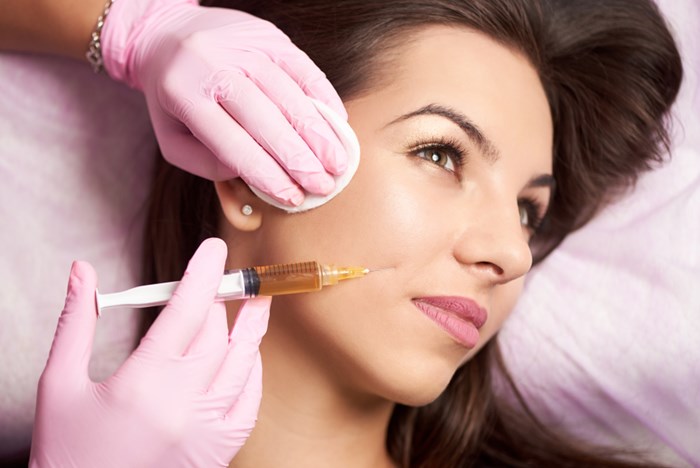Dermal fillers are a popular choice for non-surgical facial enhancements, offering solutions for volume loss, wrinkles, and contouring. If you’re considering Dermal Fillers Injections in Dubai, it’s important to understand what to expect both during and after the procedure to ensure a smooth experience and optimal results. Here’s a comprehensive guide to help you prepare.
During the Dermal Filler Treatment
1. Pre-Treatment Consultation
- Discussion of Goals: Your practitioner will discuss your aesthetic goals and evaluate your facial anatomy to determine the best filler type and placement.
- Medical History Review: You will provide information about your medical history, including allergies, previous cosmetic treatments, and current medications.
2. Preparation
- Cleansing: The treatment area will be cleaned to remove any makeup, dirt, and bacteria, reducing the risk of infection.
- Numbing: A topical numbing cream or local anesthetic may be applied to minimize discomfort during the injections. Some fillers also contain anesthetics to enhance comfort.
3. Injection Process
- Marking: Your practitioner may mark the areas to be treated to ensure precise placement of the filler.
- Injection: The dermal filler will be injected into the targeted areas using fine needles or cannulas. The injection process is typically quick and may take 15 to 30 minutes, depending on the number of areas treated.
4. Immediate Results
- Initial Appearance: You may see immediate improvements in volume and smoothness as soon as the filler is injected. However, full results may take a few days to develop as any swelling subsides.
After the Dermal Filler Treatment
1. Post-Treatment Care
- Avoid Touching: Refrain from touching, rubbing, or massaging the treated areas for at least 24 hours to avoid displacing the filler.
- Avoid Strenuous Activities: Limit physical activities, especially those that cause excessive sweating or involve heavy lifting, for at least 24 to 48 hours post-treatment.
- Avoid Heat: Stay away from hot environments such as saunas, hot showers, and direct sun exposure for a few days to prevent increased swelling and bruising.
2. Common Side Effects
- Bruising and Swelling: It’s common to experience some bruising and swelling at the injection sites. These side effects typically resolve within a few days to a week.
- Redness and Tenderness: Mild redness and tenderness may occur, usually diminishing within a few hours to a few days.
- Lumps and Bumps: Small lumps or bumps may be noticeable initially but should smooth out over time. If they persist, contact your practitioner.
3. Managing Side Effects
- Ice Packs: Applying ice packs to the treated areas can help reduce swelling and discomfort. Do this in short intervals, avoiding direct contact with the skin.
- Over-the-Counter Pain Relief: If needed, you can use over-the-counter pain relievers like acetaminophen. Avoid non-steroidal anti-inflammatory drugs (NSAIDs) like ibuprofen, as they can increase the risk of bruising.
4. Follow-Up Appointment
- Check-Up: Schedule a follow-up appointment with your practitioner to assess the results and address any concerns. This visit allows for any necessary adjustments and ensures that the filler has settled correctly.
5. Long-Term Care
- Maintain Hydration: Drink plenty of water to keep your skin hydrated and support the filler’s effectiveness.
- Skin Care: Continue with your regular skincare routine, including gentle cleansing and moisturizing. Avoid harsh treatments that may irritate the skin.
6. Results and Longevity
- Initial Results: You should see immediate improvements, but final results may take a few days to fully develop as any swelling subsides.
- Longevity: The duration of the filler’s effects varies depending on the type of filler used, the treated area, and individual factors. Generally, results last from six months to two years. Regular touch-ups may be required to maintain the desired look.
7. When to Seek Help
- Unusual Symptoms: Contact your practitioner if you experience severe pain, persistent swelling, or signs of infection, such as fever or pus.
- Dissatisfaction: If you are unhappy with the results or notice any issues with the filler, consult your practitioner for potential solutions or adjustments.
Conclusion
Understanding what to expect during and after a dermal filler treatment can help you prepare and ensure a positive experience. By following pre-treatment and post-treatment care instructions, you can minimize side effects, achieve optimal results, and maintain your enhanced appearance. A well-informed approach will help you enjoy the benefits of dermal fillers and achieve a refreshed, youthful look.





Comments